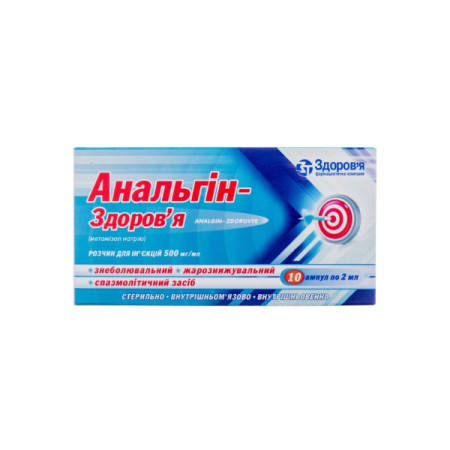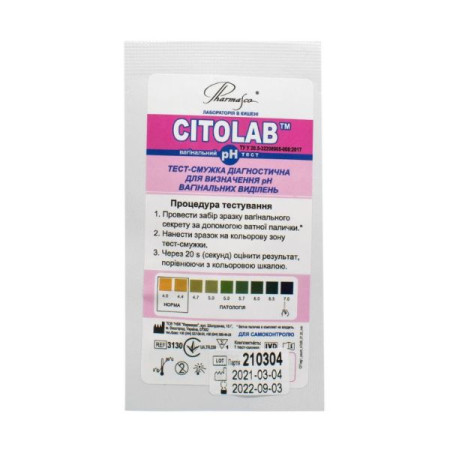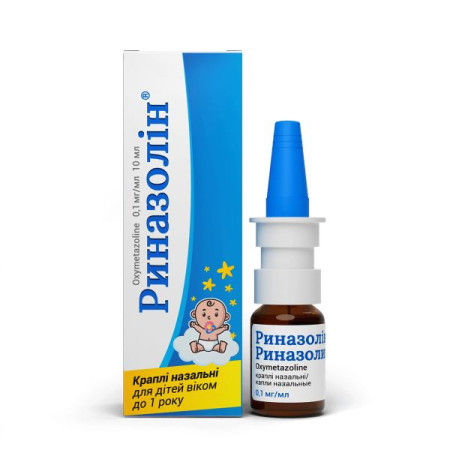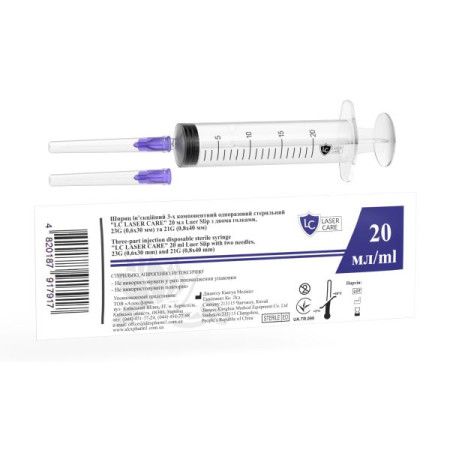Potassium iodide eye drops 2% dropper container 10 ml

Instructions for Potassium iodide eye drops 2% dropper container 10 ml
Composition
active ingredient: potassium iodide;
1 ml of solution contains 20 mg of potassium iodide;
Excipients: sodium chloride, sodium thiosulfate, disodium edetate, chlorhexidine diacetate, sodium hydroxide, water for injections.
Dosage form
Eye drops, solution.
Main physicochemical properties: transparent, colorless solution without mechanical inclusions.
Pharmacotherapeutic group
Means used in ophthalmology. ATX code S01X A04.
Pharmacological properties
Pharmacodynamics.
Potassium iodide 2% is an ophthalmic, antisclerotic and resorption drug. The active ingredient of iodine drops is iodine, which is contained in microdoses. Due to this, the drug activates metabolic processes and affects the metabolism of proteins and lipids, as a result of which the content of lipoproteins in the blood and fibrinolytic activity increase. Iodine ions cause an increase in the dispersion of colloids, which leads to a decrease in blood viscosity. Reduced dispersion of colloids correlates with signs of aging and atherosclerosis. These results, combined with the rich experience of using iodine in medical practice, show that iodine salts prevent the development of atherosclerotic processes or reduce their intensity. The effect of iodine ions on colloids is associated with the expansion of blood vessels, which leads to increased tissue perfusion.
The use of eye drops containing iodine is the only treatment option when there is no direct effect on the disease site or when the affected area is inaccessible. Iodine compounds have a direct effect on the resorption process, especially in newly diagnosed cases of the disease. In the case of senile cataracts that have already developed, it is unlikely to stop this process, but its development (growth of the cataract, decreased visual acuity) can be slowed down by the use of iodides.
Pharmacokinetics.
After administration into the conjunctival sac, iodides penetrate into the structures of the eye, but detailed information on the distribution of iodides in the structures of the eye is not available. When administered into the conjunctival sac, some of the iodides are absorbed into the systemic circulation. They enter the nose through the nasolacrimal duct and are absorbed into the systemic circulation through the nasal mucosa.
Iodine is very slowly excreted from the body. Potassium iodide (an inorganic ionic compound) is not metabolized. The corresponding ions (K+, I-) are excreted by the kidneys.
Indication
Supporting resorption processes in the eyes, in particular in the presence of inflammatory exudates, hemorrhage and vitreous opacification of various etiologies (age, high blood pressure, diabetes mellitus), in myopic and atherosclerotic changes in the retinal vessels and choroid of the eyeball, degenerative processes of the retina, cataracts in the initial stage, optic nerve atrophy (due to syphilis), as well as as an auxiliary therapeutic agent in the treatment of fungal conjunctivitis and keratitis.
Contraindication
Hypersensitivity to the active substance or other components of the drug;
Chronic facial pyoderma, hemorrhagic diathesis and thyroid dysfunction.
Interaction with other medicinal products and other types of interactions
Since some of the iodine and iodides after local administration into the conjunctival sac are absorbed into the systemic circulation through the nasal mucosa (they enter the nose through the nasolacrimal duct), possible interactions with other medications used by the patient should be considered.
Long-term use may affect laboratory values of serum protein-bound iodine or the results of the radioactive iodine test performed for thyroid disease.
Application features
For fungal diseases of the anterior segment of the eye, special targeted therapy should be used (iodine treatment is only an adjunctive therapy).
Patients should not wear soft contact lenses while using the medicine. Hard contact lenses should also not be worn during treatment, or at least the patient should always remove them before using the medicine and put them back on no earlier than 20 minutes after instillation.
Use during pregnancy or breastfeeding
Contraindicated.
Ability to influence reaction speed when driving vehicles or other mechanisms
There is no information on the negative impact of the drug on the ability to perform work that requires high attention (driving or working with other mechanisms). However, blurred vision may occur immediately after administration of the drug, so it is recommended to refrain from such activities for 15 minutes after using the drug.
Method of administration and doses
Method of application: instill into the lower conjunctival sac of the eye.
Recommended dose for adults (including the elderly) and children.
As with any eye drop solution, it is recommended to lightly press the lacrimal sac located in the inner corner of the eye to reduce potential systemic absorption and release it one minute after instillation. This should be done immediately after each drop.
Contact lenses should be removed before using the eye drops; they can be put back in after 20 minutes.
If more than one topical ophthalmic agent is used, the interval between the use of different agents should be at least 5 minutes.
Children.
The drug cannot be used in newborns.
Overdose
When using appropriate doses, no cases of overdose have been observed. In case of accidental ingestion of the drug by a child, symptomatic treatment should be applied.
Side effects
The drug is usually well tolerated.
Adverse reactions are classified according to their frequency of occurrence: very common (≥1/10), common (≥1/100 to <1/10), very rare (<1/10,000).
Very common: Thyroid diseases may have a negative impact on its function.
Common: A slight burning sensation may occur immediately after administration.
Very rare: iodine is very slowly excreted from the body, so long-term and uncontrolled use (in excessive doses) can cause a so-called state of iodism in sensitive patients. Symptoms of this condition include irritation and hyperemia of the conjunctiva, increased tear secretion, swelling of the eyelids (angioedema) and the lacrimal gland. Erythema, acne, dermatitis and purpura, hypersensitivity reactions including rash, itching may appear on the skin.
Expiration date
3 years.
The shelf life of the drug after first opening the bottle is 28 days.
Storage conditions
Store out of the reach of children, at a temperature not exceeding 25 °C in the original packaging. Do not freeze. After first opening, store for no more than 28 days.
Packaging
10 ml in a plastic dropper container, closed with a tamper-evident cap.
1 container-tap together with instructions for medical use in a cardboard box.
Vacation category
According to the recipe.
Producer
LLC "UNIMED PHARMA"/"UNIMED PHARMA Ltd".
Address
Orieskova Street 11, 821 05, Bratislava, Slovak Republic/
Orieskova 11, 821 05 Bratislava, Slovak Republic
There are no reviews for this product.
There are no reviews for this product, be the first to leave your review.
No questions about this product, be the first and ask your question.















